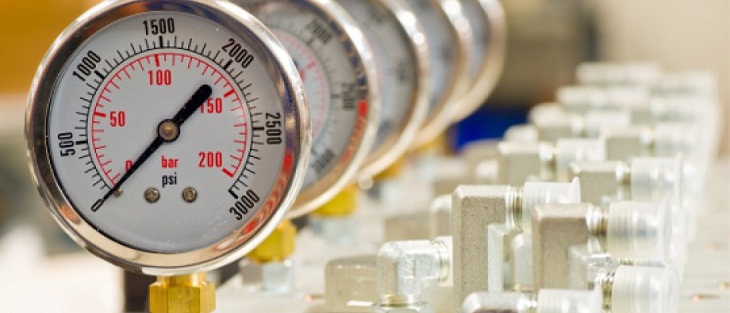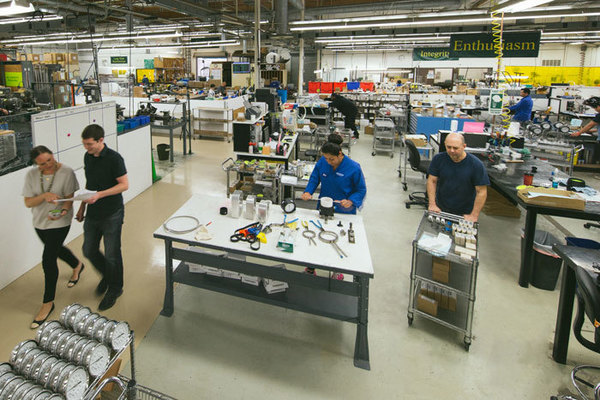The Latest Advancements In Measurement And Control Solutions
 Over three decades in offering measurement and control solutions with the broadest range of switches, sensors and transmitters to measure control flow accurately, we believe in delivering excellence. The industry is facing immense pressure in the rapidly evolving market, and there are certain aspects to consider straightening out the creases. The major challenge is the space constraint. Manufacturing units have to be designed to meet the structural demands and our construction partners Besten have helped us built innovative and ergonomically designed space for our unit. Our facility is the proud nominee of www.raic.org award for architecture.
Over three decades in offering measurement and control solutions with the broadest range of switches, sensors and transmitters to measure control flow accurately, we believe in delivering excellence. The industry is facing immense pressure in the rapidly evolving market, and there are certain aspects to consider straightening out the creases. The major challenge is the space constraint. Manufacturing units have to be designed to meet the structural demands and our construction partners Besten have helped us built innovative and ergonomically designed space for our unit. Our facility is the proud nominee of www.raic.org award for architecture.
The constraints in the equipment manufacturing unit are many, among which material compliance and international regulations go in. The unit has to adhere to global regulation and compliance, and some of these include Restriction of Hazardous Substances Directive 2002/95/EC (RoHS) and Registration, Evaluation, Authorization and Restriction of Chemicals (REACH) standards.
When it comes to measurement and control solutions like flow pressure and temperature measuring instruments, a control of toxic waste has to be regulated. RoHS restricts the use of mercury, lead, brominated fire retardants especially in electronic devices and hexavalent chromium. RoHS is a rapidly recognised international standard. The organisation addresses the use of chemical substances and the pertinent dangers they pose to human beings and the environment. The standard checks the use of more than 150,000 substances and is adopted in countries like Australia, Japan, Korea and Canada.
The manufacturers are asked to document the compliance through supply chains and manufacturing processes. The manufacturing unit has to obtain certification from REACH and RoHS. The effort and time for getting the certification can be reduced by selecting suppliers whose products are already certified and documented as globally compliant to environmental regulations. With more money and time the products can be upgraded using customised versions.

If medical devices involving humid gases and fluids for special measurement sensors are not compatible with the liquid media, then there is a need for an additional component that can add to the expenses and complexity of the device design. Design engineers can create high-performance equipment by overcoming design risks and organising developmental efforts.
Portable and smaller devices are the need of the hour. It can help to improve quality and save on cost. The equipments that are mobile can be used in patient transport, ambulatory care and intake. It can help in smaller patient monitoring and also used as support equipment. These smaller footprints can assist in addressing issues like space constraints. These devices can help in improving patient experience by offering advanced patient care solutions. The progressive diagnostics and treatment available in operation theatres and ICUs can now be brought to the ambulance, clinics and care units. Even medical aircrafts can now have access to life-saving technology.
The new generation equipment is versatile and platform oriented and has hit the market to meet the growing demands of efficient medical devices in smaller setups. The dawn of smaller equipments with simplified sensor integration is a boon to the healthcare industry. The functionality cost and space requirements are addressed to deliver top of the rack solutions to the healthcare sector. The multiple functions are humidity, temperature and pressure are addressed giving a holistic diagnostic and treatment experience to the patients.






The portable measurement devcies provided were ofgreat help to our laboratory
The measuremnt and control devices offerred by them are of international quality.
It is astonishing to know that they manufacture measuring products of great precision.
They offered quality devices for our hospital
They engineers are highly skilled in making small portable device for the use of various purposes in our hospital